
Compared with conventional polyethers, high-activity polyethers add a certain proportion of more reactive ethylene oxide to the raw materials, so they have higher activity and better product performance.
It can be used in some different fields, such as increasing the resilience and support of sponges, and is specifically used in sofa cushions, car seats, etc.
In addition, some polyethers with special structures can be used in inflatable sponges. Such sponges still have good mechanical properties at low temperatures.
The polyether polyols used in flexible foams are typically long-chain, low-functionality polyethers. The functionality of polyether polyols in flexible foam formulations is generally 2 to 3, and the average molecular weight is between 2000 and 6500.
Soft foam polyether is used to prepare soft foam materials, such as home decoration materials, automotive interiors, etc.
For rigid foam formulations, polyether polyols with high functionality and high hydroxyl value are generally used to produce sufficient cross-linking and rigidity.
The hydroxyl value of rigid foam polyether polyol is generally 350~650mgKOH/g, and the average functionality is above 3. Generally, hard foam formulas are usually mixed with two types of polyethers, and the average hydroxyl value is around 400mgKOH/g.
Rigid foam polyether is mainly used as polyurethane rigid foam for thermal insulation, refrigerators, etc.

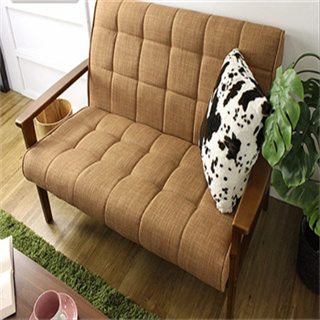

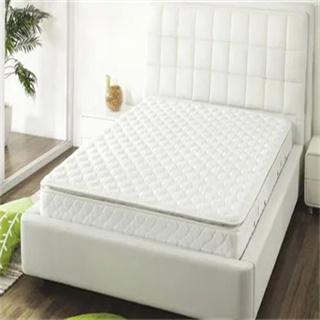
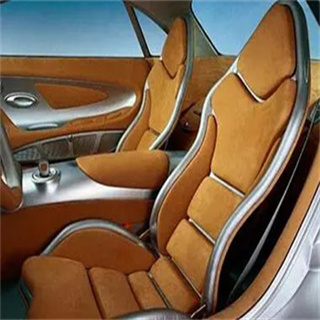
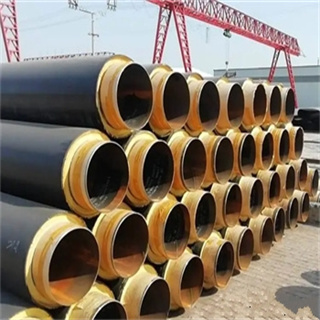
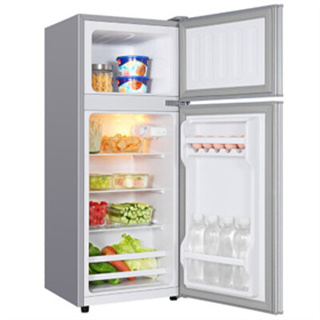
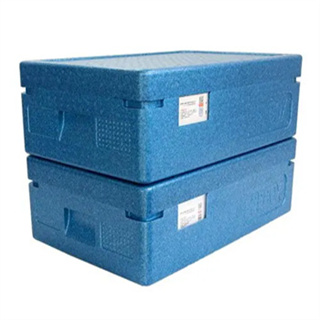
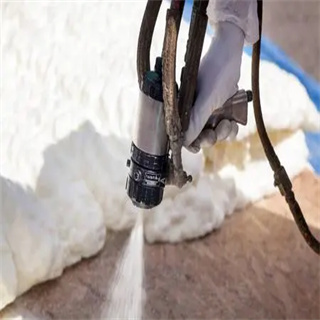
1.High Reactivity Polyether Polyol

2.Polyether Polyol For Flexible Foam

3.Polyether Polyol For Rigid Foam
Sucrose-Initiatied Rigid Foam Polyether Polyols

Sorbitol-Initiatied Rigid Foam Polyether Polyols

Composite-Initiatied Rigid Foam Special Polyether Polyols

Amine-Initiatied Rigid Foam Polyether Polyols
